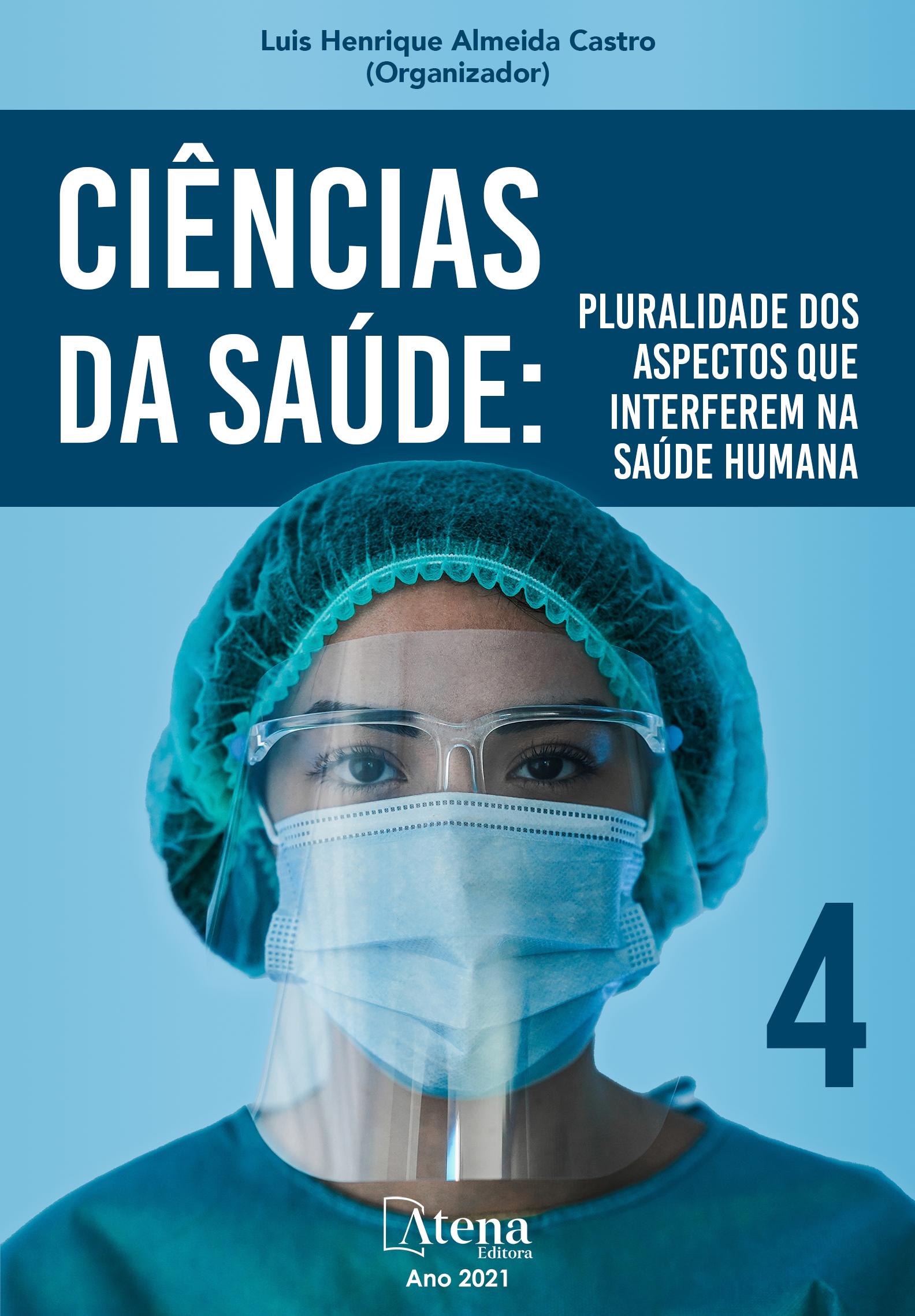
DENGUE: UM ESTUDO DO PERFIL EPIDEMIOLÓGICO DOS ÚLTIMOS DEZ ANOS EM UM MUNICÍPIO DA BAHIA
A dengue vem sendo um problema epidemiológico há mais de 30 anos desde a sua primeira epidemia em 1986. É uma doença infecciosa febril provocada por um vírus pertencente à família Flaviviridae, do gênero Flavivírus, que possui quatro sorotipos: DENV-1, DENV-2, DENV-3 e DENV-4, transmitidos pelo vetor Aedes aegypti que se reproduz com facilidade em criadouros artificiais em regiões tropicais. O presente estudo teve como objetivo descrever o perfil epidemiológico da dengue no município de Feira de Santana, Bahia, Brasil, no período de 2009 à 2019. Trata-se de um estudo do tipo descritivo, ecológico e epidemiológico realizado por meio de levantamento de informações das seguintes variáveis dos casos de dengue: sexo, idade, sorotipo, ocupação, zona e bairro, na base de dados do Sistema de Informação de Agravos de Notificação (SINAN), Vigilância Epidemiológica, Secretaria Municipal de Saúde de Feira de Santana. Os resultados demonstram uma prevalência maior no sexo feminino, com a faixa etária de 20 a 34 anos e o sorotipo de maior circulação foi o DENV-1 seguido do DENV-4. O maior número de casos confirmados de dengue foi observado entre os estudantes e moradores da zona urbana, com predominância dos bairros: Tomba, Matinha, Maria Quitéria, Mangabeira e Campo Limpo. Os anos de 2009, 2012 e 2019 apresentaram aumento significativo de casos da doença. Diante disso, conclui-se que é imprescindível o investimento em ações de controle da dengue, por meio de intervenções sanitárias pelos órgãos responsáveis e com a cooperação da comunidade.
DENGUE: UM ESTUDO DO PERFIL EPIDEMIOLÓGICO DOS ÚLTIMOS DEZ ANOS EM UM MUNICÍPIO DA BAHIA
-
DOI: 10.22533/at.ed.7852113091
-
Palavras-chave: Arboviroses, dengue, Aedes aegypti, epidemiologia.
-
Keywords: Arboviruses, dengue, Aedes aegypti, epidemiology.
-
Abstract:
Dengue has been an epidemiological problem for more than 30 years since its first epidemic in 1986. It is a febrile infectious disease caused by a virus belonging to the Flaviviridae family, of the Flavivirus genus, which has four serotypes: DENV-1, DENV-2, DENV-3 and DENV-4, DENV-1, DENV-2, DENV-3 and DENV-4, transmitted by the Aedes aegypti vector that easily reproduces in artificial breeding sites in tropical regions. This study aimed to describe the epidemiological profile of dengue in the city of Feira de Santana, Bahia, Brazil, from 2009 to 2019. This is a descriptive, ecological and epidemiological study carried out through a survey of information on the following variables of dengue cases: sex, age, serotype, occupation, zone and neighborhood, in the Disease Information System database Notification (SINAN), Epidemiological Surveillance, Feira de Santana Municipal Health Department. The results demonstrate a higher prevalence in females, with the age range of 20 to 34 years, and the serotype with the greatest circulation was DENV-1 followed by DENV-4. The highest number of confirmed cases of dengue was also observed among students and among residents of urban area, with a predominance of the neighborhoods: Tomba, Matinha, Maria Quitéria, Mangabeira e Campo Limpo. The years 2009, 2012 and 2019 showed a significant increase in the survey’s verified data. Therefore, it is concluded that investment in actions to control dengue is essential, through health interventions by responsible agencies and with the cooperation of the community.
-
Número de páginas: 3
- Aryelle Américo de Britto Marinho
- Marise Alves de Souza Oliveira
- Juliana Nascimento Andrade
- Misael Silva Ferreira Costa
- Franklin Emmanuel Brizolara Pereira Filho
- Raiana Lana da Silva Araujo


